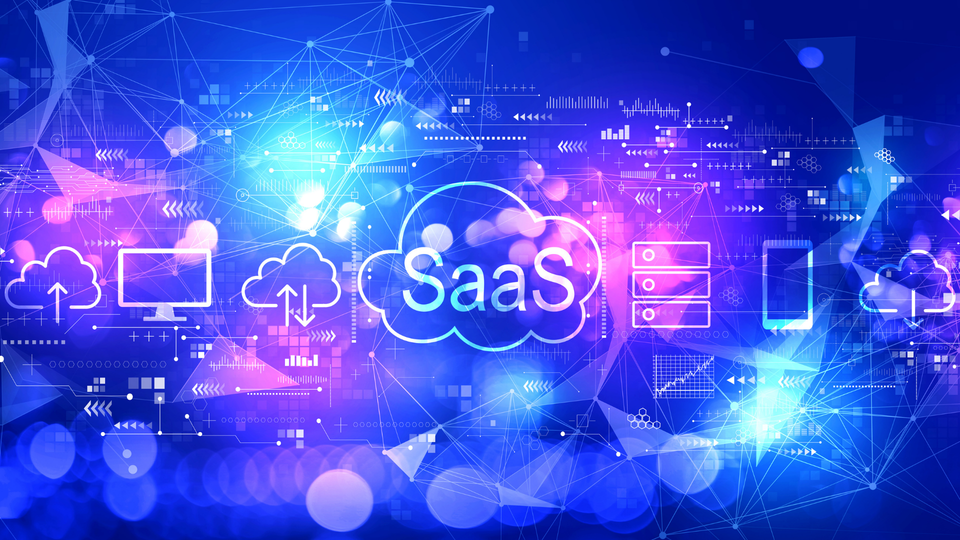Traditional Software-as-a-Service vs Run and Roll Your Own

With Software-as-a-Service (SaaS), you pay a company to run the software on their own infrastructure. SaaS has the advantage of expertise, scale, and Service Level Agreements (SLAs). It can also be expensive.
With Run and Roll Your Own (RRYO), you find your own infrastructure (local, cloud-based, etc.) and deploy software to this infrastructure. RRYO allows for hyper-customization and, in some cases, can be more cost-effective.
One is not better than the other. A straightforward cost-benefit analysis should guide the decision.
For schools, SaaS is almost always the right choice. Schools are not in the business of being software companies. Their mission is to grow students. They're staffed with educators who, frequently, lack a wealth of technical knowledge and skills. I occasionally observe this calculus shift with extremely large school districts (increased size leads to more specialization), but this is not the norm.
Are SaaS and Open Source Mutually Exclusive?
Absolutely not! Indeed, many companies develop open source software and then use SaaS as their revenue model to fund their growth. Arguably, some of the biggest software companies on the map rely on open source for their SaaS operations.
(Also, most of those services run on open source platforms like Apache, PHP, MariaDB, etc.)
The Happy Middle
As a former technology director in a large(ish) school district, I took the following approach.
For exploration and truly knowing a software solution, I hosted and ran my own instance of the software. The purpose would be to gain a greater understanding of how it works and how I might apply it to the needs of my school district.
When I decided to use a tool, I'd consider going the SaaS route. SaaS brings a degree of stability and support that I, or my team, was unlikely to deliver.

Member discussion